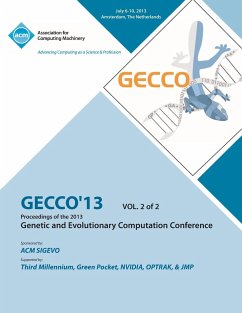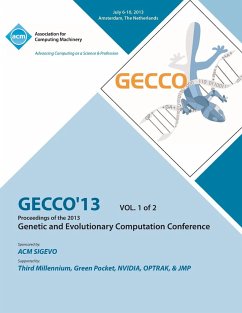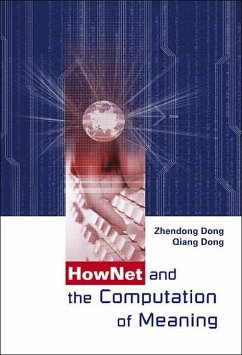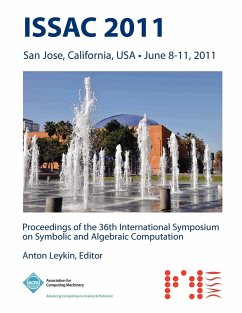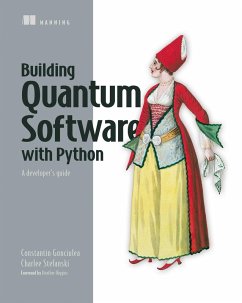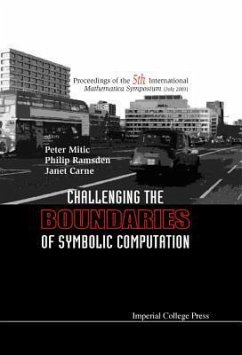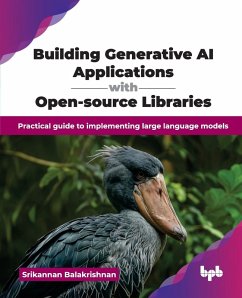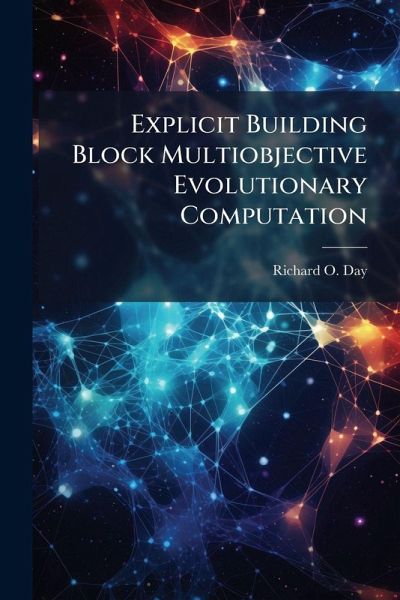
Explicit Building Block Multiobjective Evolutionary Computation

PAYBACK Punkte
13 °P sammeln!
This dissertation presents principles, techniques, and performance of evolutionary computation optimization methods. Evolutionary computation concepts examined are algorithm convergence, population diversity and sizing, genotype and phenotype partitioning, archiving, BB concepts, parallel evolutionary algorithm (EA) models, robustness, visualization of evolutionary process, and performance in terms of e ectiveness and e ciency. Additional contributions include the extension of explicit BB de nitions to clarify the meanings for good single and multiobjective BBs and a new visualization techniqu...
This dissertation presents principles, techniques, and performance of evolutionary computation optimization methods. Evolutionary computation concepts examined are algorithm convergence, population diversity and sizing, genotype and phenotype partitioning, archiving, BB concepts, parallel evolutionary algorithm (EA) models, robustness, visualization of evolutionary process, and performance in terms of e ectiveness and e ciency. Additional contributions include the extension of explicit BB de nitions to clarify the meanings for good single and multiobjective BBs and a new visualization technique is developed for viewing genotype, phenotype, and the evolutionary process in nding Pareto front vectors. The culmination of this research is explicit BB state-of-the-art MOEA technology based on the MOEA design, BB classi er type assessment, solution evolution visualization, and insight into MOEA test metric validation and usage as applied to the following: test suite, deception, bioinformatics, unmanned vehicle -ight pattern, and digital symbol set design MOPs. This work has been selected by scholars as being culturally important, and is part of the knowledge base of civilization as we know it. This work was reproduced from the original artifact, and remains as true to the original work as possible. Therefore, you will see the original copyright references, library stamps (as most of these works have been housed in our most important libraries around the world), and other notations in the work. This work is in the public domain in the United States of America, and possibly other nations. Within the United States, you may freely copy and distribute this work, as no entity (individual or corporate) has a copyright on the body of the work. As a reproduction of a historical artifact, this work may contain missing or blurred pages, poor pictures, errant marks, etc. Scholars believe, and we concur, that this work is important enough to be preserved, reproduced, and made generally available to the public. We appreciate your support of the preservation process, and thank you for being an important part of keeping this knowledge alive and relevant.



